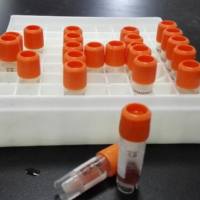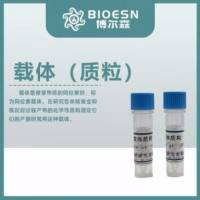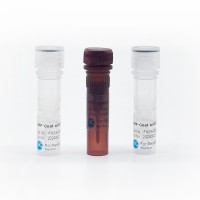Production of Transgenic Sheep
互联网
560
The production of transgenic sheep has proven difficult compared to the mouse and lower animals. The work load is far greater and the rates of success far less by most criteria. However, the benefits to human and animal health and agricultural productivity are potentially enormous (Ward and Nancarrow, Chapter 5) and support for the continuation of the work is assured. Unfortunately, the low rate of transgenesis for sheep, at about 1% of injected, transferred embryos, means that investigation of the regulation of expression of the transgenes, their phenotypic effects, and optimization of the fusion gene constructs, all of utmost importance to the agricultural industry, can seldom be addressed. We know now that the mouse may not be a good model for the sheep, an example being the ovine metallothioneinovine growth hormone fusion gene, GH9 (1 –3 ), for which expression and phenotypic effects were quite different for sheep and mice. In sheep, pronuclear microinjection of several hundred copies of the foreign gene into embryos is the only published method used to regularly produce transgenics and it will be the standard by which future methods for incorporation of the transgene are judged.







